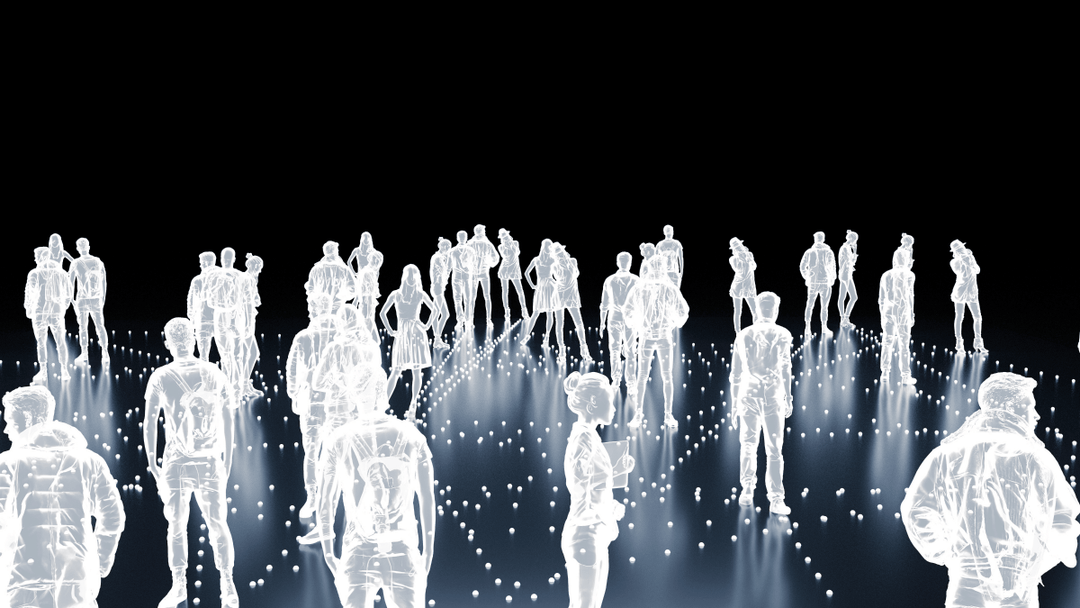l holographie au service de lart musees et galeries

Holography, once a symbol of futurism, now offers fascinating prospects for museums and art galleries in France. This technology not only allows artworks to be viewed from a new perspective with increased precision but also paves the way for innovative artistic experiences, transforming how we interact with art and its history.
1. The Pioneers of Holographic Art: Salvador Dali and the Paris Museum of Holography
"Holography allowed me to see in 3D the material that has always obsessed me in painting: the hidden structure of the image." - Salvador Dali
Salvador Dalí, always at the forefront of artistic innovation, became interested in holography in the 1970s. On May 23, 1973, he presented his first "chronohologram," titled "Alice Cooper’s Brain," at the Hôtel Meurice in Paris, marking a turning point in the use of holography as an artistic medium.
Continuing this innovation, the Paris Museum of Holography, founded in 1980 by Anne-Marie Christakis, played a pioneering role in promoting and disseminating holographic art in France. Although closed to the public since 1996, its influence endures through traveling exhibitions and a virtual presence.
At Halolight, we draw inspiration from these pioneers to develop cutting-edge holographic solutions for museums and galleries. Discover our range of holographic projectors designed to highlight artworks innovatively.
2. Innovative Holographic Exhibitions: A New Era for the Museum Experience
Examples of Holographic Innovations in French Museums:
- Giacometti Institute: 3D holographic reproduction of "The Nose" by Alberto Giacometti
- Marseille History Museum: Holographic reconstructions of archaeological artifacts
- CNRS and Holoforge: First polychromatic holographic restoration in history
Holographic exhibitions are transforming the museum experience in France, offering new ways to interact with art and heritage. These innovations address visualization and educational needs while adapting to current health constraints.
With our holographic fan, you can create interactive exhibitions that captivate visitors and bring collections to life in a unique way.
3. Holography in Service of Historical Heritage
Holography offers new perspectives for preserving and presenting historical heritage in France. This technology allows:
- 3D reconstructions of damaged works
- Viewing historical objects from all angles
- Recreating the shapes, textures, and colors of archaeological pieces
- Developing evolving exhibitions that show the transformation of works over time
Our HaloBox range is perfectly suited for creating these historical holographic reconstructions, offering visitors an immersive and educational experience.
4. Digital Art and Holography: Dali’s Legacy
Although Salvador Dalí passed away before the rise of modern digital technologies, his avant-garde approach laid the groundwork for what would become digital art. Today, museums like the Salvador Dalí Museum in St. Petersburg, Florida, create virtual reality experiences based on his works, merging his art with contemporary digital technologies.
Draw inspiration from Dalí’s legacy by integrating our holographic solutions into your digital creations. Our holographic projector allows you to bring digital artworks to life spectacularly.
5. Collaboration Between Contemporary Artists and Holography
Louise Bourgeois
Holographic sculptures
Chuck Close
Holographic portraits
Ed Ruscha
Holographic typography
French museums increasingly collaborate with contemporary artists to create unique holographic experiences. The C-Project, launched in the 1990s, brought together renowned artists and holographers to explore the creative possibilities of this medium.
These collaborations open new avenues for contemporary art in France, merging artistic creativity with cutting-edge technology. With our holographic solutions, you can offer contemporary artists a new expressive medium and provide visitors with unique, immersive visual experiences.
Conclusion: The Cultural Impact of Holograms in Art
Holography has profoundly influenced the collective imagination, transcending its technical framework to become a true cultural phenomenon. Its impact extends beyond art galleries, influencing cinema, fashion, and advertising.
As a museum or gallery, you have the opportunity to be part of this artistic revolution. With Halolight's holographic solutions, you can:
- Create captivating interactive exhibitions
- Preserve and present historical heritage innovatively
- Offer contemporary artists a platform for expression
- Transform visitor experiences
Don't wait to revolutionize your exhibition space. Explore our full range of holographic solutions and contact us today to discover how holography can transform your museum or gallery.




